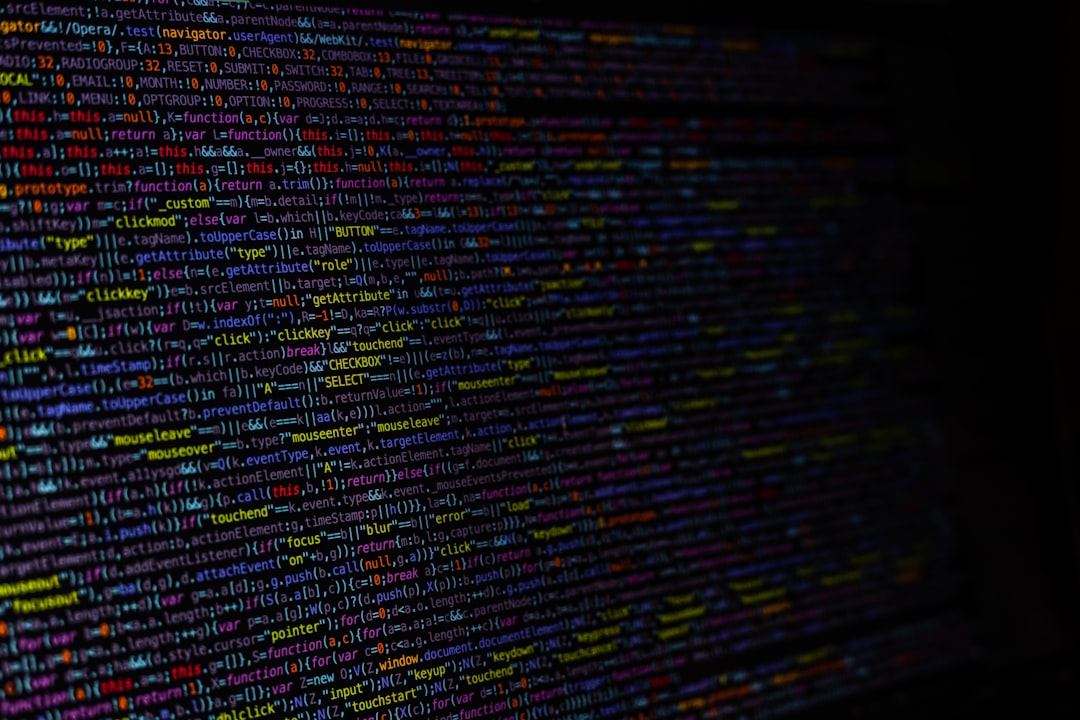
Table of Contents
- Introduction
- Problem Explanation
- Solution with Code Snippet
- Practical Application
- Potential Drawbacks and Considerations
- Conclusion
- Final Thoughts
- Further Reading
Introduction 🎉
Have you ever found yourself knee-deep in a Laravel project, feeling the exasperation of repeated utility function boilerplate? You know, the type of "quick fix" coding that feels really handy in the moment, but soon bloats the codebase and dampens the joy of development? Let's face it: code that works is great, but clean, maintainable code is even better! Enter Laravel Collections – a powerful tool that many developers overlook.
Laravel Collections give you an elegant, fluent interface to work with data arrays. But what if I told you there's a lesser-known feature within Laravel's Collection class that can turn complex logic into wonderfully streamlined code? In this post, we're going to explore the lesser-known, yet incredibly powerful, when() method in Laravel Collections that can help you transform your code by reducing redundancy while keeping it clear and readable.
So dust off those utility functions because we are about to dive into a transformative way of managing conditional logic using Laravel’s collection capabilities. Ready to elevate your code game's level?
Problem Explanation 🔍
Let's take a moment to think about how we typically handle conditional transformations in code:
$filteredData = [];
foreach ($data as $item) {
if ($condition1) {
$filteredData[] = $item->transform1();
} elseif ($condition2) {
$filteredData[] = $item->transform2();
} else {
$filteredData[] = $item->defaultTransform();
}
}
As you can see, our approach quickly becomes verbose, and managing numerous conditions can turn into a tangled web of if statements. This complexity not only hardens readability but also creates potential pitfalls like missing an else condition or misunderstanding logic flow.
Moreover, maintaining and scaling such logic means adding more surface area for bugs. You may question, "How can I streamline this?" or "Isn't there a cleaner approach?"
Enter Laravel Collections and its often underused ability to manage conditionals without losing the fluency that Collection methods provide.
Solution with Code Snippet 🔧
Meet the when() method! This little-known gem can transform your conditionals into a much cleaner representation. Here's how you can redefine that tangled logic using Laravel Collections' when() method effectively:
$filteredData = collect($data)->map(function ($item) use ($condition1, $condition2) {
return collect()
->when($condition1, function ($collection) use ($item) {
return $collection->add($item->transform1());
})
->when($condition2, function ($collection) use ($item) {
return $collection->add($item->transform2());
})
->when(!$condition1 && !$condition2, function ($collection) use ($item) {
return $collection->add($item->defaultTransform());
});
});
How does this work? 🤔
-
Initialization: We first convert the
$dataarray into a Laravel Collection usingcollect(). -
Mapping Logic: Within the
mapmethod, we establish a new collection for transformed data. -
Managing Conditions: The
when()method checks each provided condition.- If the condition is true, it executes the closure that performs a specific transformation.
- If none of the conditions are met, it executes an alternative closure via another
when().
Advantages of this Approach 🌟
- Readability: Your logic becomes far more manageable. Each transformation is declaratively represented.
- Reusability: By encapsulating the transformation logic, you can easily reuse it in different parts of your application.
- Less Boilerplate: Fewer lines of code mean a smaller chance for errors and maintenance headaches down the road.
Practical Application 💼
So where can you apply this method? Imagine you’re building a high-traffic web application with complex user data manipulation, perhaps an e-commerce site where users can filter products based on various criteria.
Using the when() method can help streamline sampling data. You'll be able to manage variations without messy if...else statements cluttering your code.
Another fantastic use-case is in situations requiring lightweight data transformations, such as API response shaping or configuration-based adaptations where conditions might differ drastically based on user roles or preferences.
Here's how this could look in practice when integrating into a Laravel controller:
public function getProducts(Request $request)
{
$products = Product::all();
$transformedProducts = $products->map(function ($product) use ($request) {
return collect()
->when($request->has('discount'), function ($collection) use ($product) {
return $collection->add($product->applyDiscount());
})
->when($request->has('ratingFilter'), function ($collection) use ($product) {
return $collection->add($product->filterByRating());
})
->when(!$request->has('discount') && !$request->has('ratingFilter'), function ($collection) use ($product) {
return $collection->add($product->defaultView());
});
});
return response()->json($transformedProducts);
}
In this scenario, you're dynamically transforming products based on user requests, leading to cleaner controller actions.
Potential Drawbacks and Considerations ⚠️
While the when() method can significantly reduce code clutter, there are a couple of considerations to keep in mind.
-
Performance Overhead: Each time
when()is employed, there’s a small performance footprint. If you're iterating through a colossal dataset, the cumulative time taken could become significant. -
Incorrect Logic Flow: If not used with caution, misunderstanding how the
when()method behaves could effortlessly lead to logic errors. Always ensure that conditional checks correspond to their intended transformations.
To mitigate these drawbacks, consider profiling your code's performance when using collections extensively. Be mindful of where it’s acceptable to trade off minute performance for enhanced readability.
Conclusion 👌
In conclusion, incorporating Laravel's when() method into your collections can dramatically simplify your coding experience. By eliminating nested conditionals, you enjoy a clean and maintainable codebase that is easy to read, understand, and extend. This technique fosters best practices for organizing logic while preserving the functional richness that Laravel provides.
Key Takeaways:
- Elevated Readability: Your code becomes exceptionally clear!
- Enhanced Reusability: The transformation logic can be easily reused.
- Reduced Boilerplate: Less code means fewer bugs and easier maintenance!
Final Thoughts 💭
I encourage you to experiment with the when() method in your Laravel projects! Apply it in various scenarios where conditions arise, and notice how it impacts your coding workflow.
Got thoughts or alternative approaches? I’d love to hear them! Don’t forget to subscribe for more expert tips that'll take your Laravel game to the next level!
Further Reading 📚
- Laravel Collection Documentation
- Mastering Laravel's Collections
- Best Practices for Laravel Performance Optimization
Focus Keyword: Laravel Collections
Related Keywords: Laravel when method, Laravel data transformation, Laravel clean code, Laravel best practices, Laravel optimization